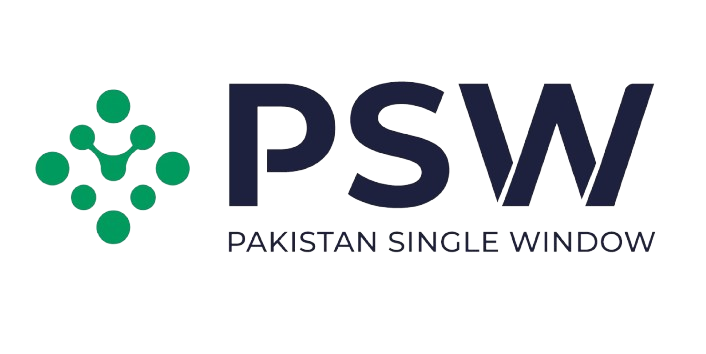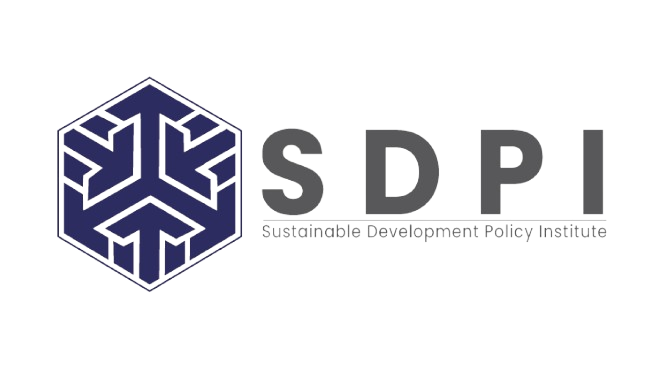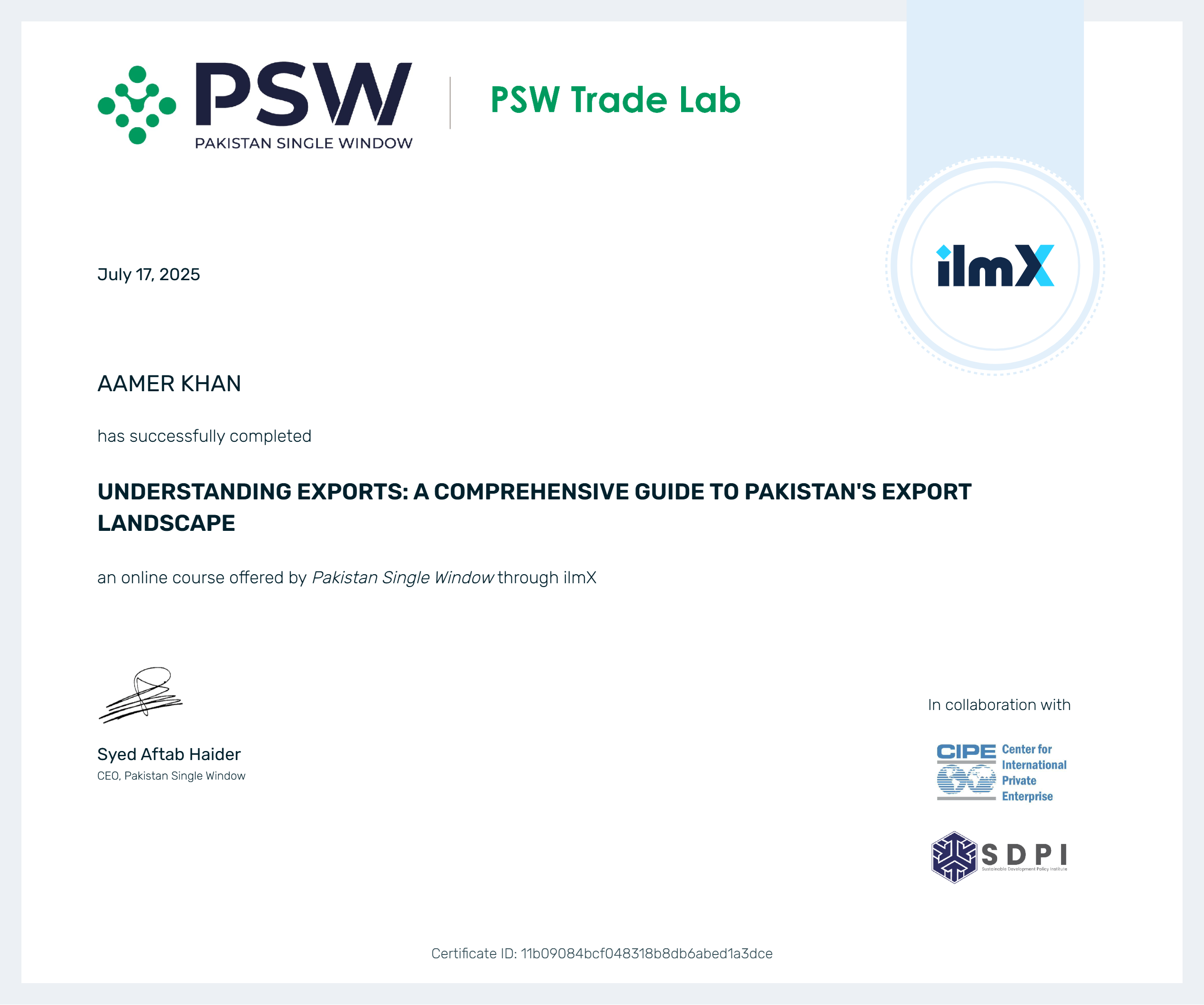PSW
The Pakistan Single Window (PSW), an initiative led by Pakistan Customs, represents a significant leap forward in modernizing trade practices within the region. The primary objective of PSW is to streamline the complexities of cross-border trade, making it more efficient, cost-effective, and accessible. This goal is achieved by transitioning traditional, paper-based trade processes into a fully integrated digital system.











